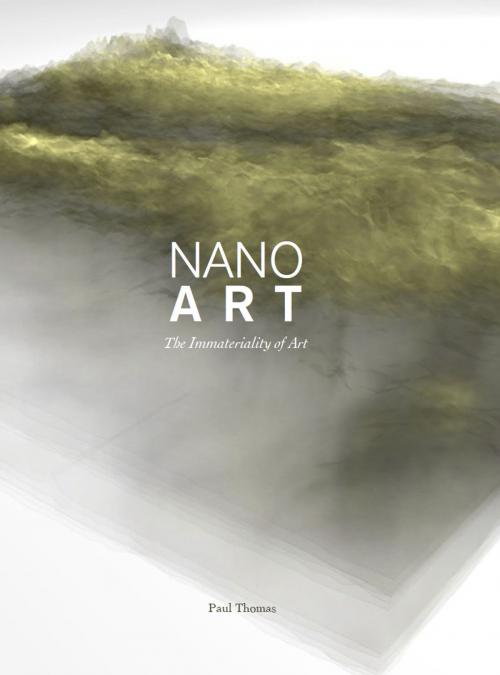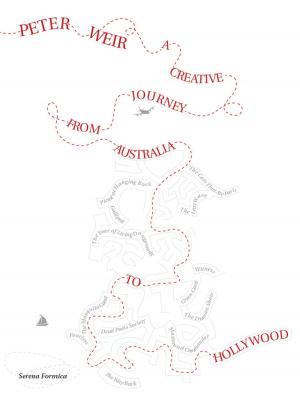Nanoart
The Immateriality of Art
Nonfiction, Art & Architecture, General Art, Criticism, Science & Nature, Technology| Author: | Paul Thomas | ISBN: | 9781783200498 |
| Publisher: | Intellect Books Ltd | Publication: | February 23, 2013 |
| Imprint: | Intellect | Language: | English |
| Author: | Paul Thomas |
| ISBN: | 9781783200498 |
| Publisher: | Intellect Books Ltd |
| Publication: | February 23, 2013 |
| Imprint: | Intellect |
| Language: | English |
Nano is Greek for dwarf and the word nanotechnology ‘was first proposed in the early seventies by a Japanese engineer, Norio Taniguchi, implying a new technology that went beyond controlling materials and engineering on the micrometer scale that dominated the 20th Century’. The content for this book has been based on a self-emergent process. It explores an art historical understanding of matter and uses various hypotheses to elucidate the effects on materiality and agency as a result of the emergence of nanotechnology. The blurring of material boundaries are reflected in the establishment of a fluid organic spatial narrative in which to place ideas, propositions and concerns. A cornerstone of the book is the concept posed in the philosophical writings of Lucretius of the unpredictability of the atoms’ swerve and its formative role in the beginning of all matter, form, life and individuality. It focusses on the concepts of vibration, vitalism, life and materiality and extends the artist’s concepts of agency in relation to matter.
Nano is Greek for dwarf and the word nanotechnology ‘was first proposed in the early seventies by a Japanese engineer, Norio Taniguchi, implying a new technology that went beyond controlling materials and engineering on the micrometer scale that dominated the 20th Century’. The content for this book has been based on a self-emergent process. It explores an art historical understanding of matter and uses various hypotheses to elucidate the effects on materiality and agency as a result of the emergence of nanotechnology. The blurring of material boundaries are reflected in the establishment of a fluid organic spatial narrative in which to place ideas, propositions and concerns. A cornerstone of the book is the concept posed in the philosophical writings of Lucretius of the unpredictability of the atoms’ swerve and its formative role in the beginning of all matter, form, life and individuality. It focusses on the concepts of vibration, vitalism, life and materiality and extends the artist’s concepts of agency in relation to matter.















